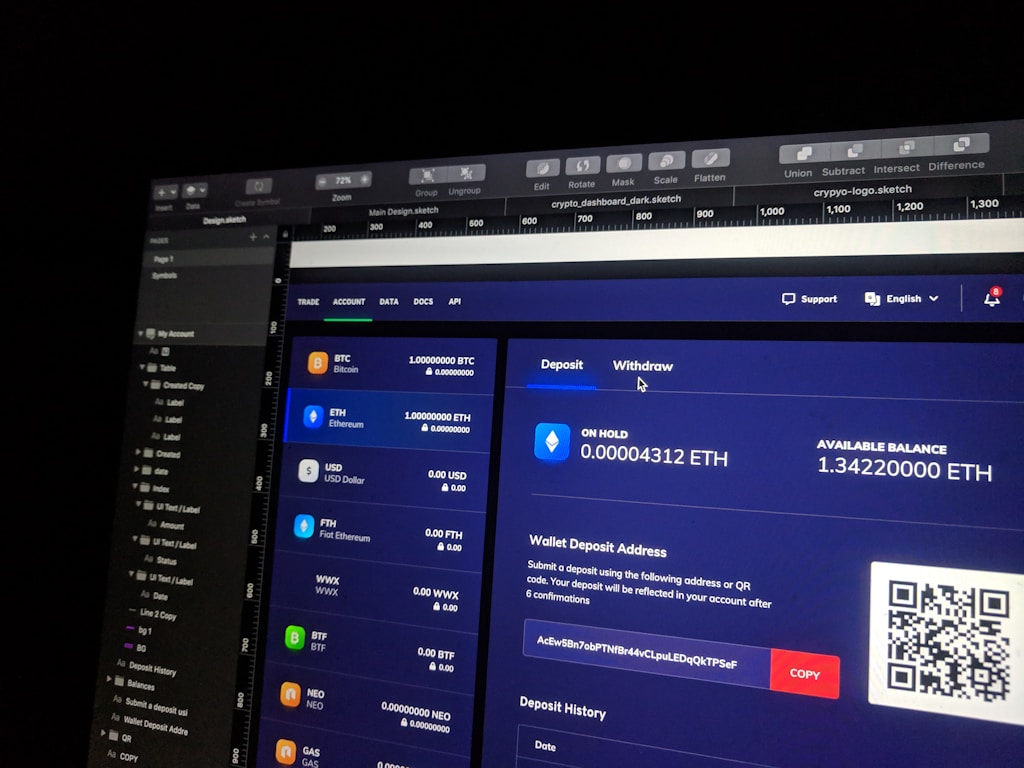Servicio de Inteligencia artificial para la lectura de documentos no estructurados
Proporcionamos un servicio BPaaS (Business Process as a Service) para una de las instituciones financieras líderes en innovación y tecnología en el mercado español. Realizamos la clasificación de decenas de tipologías de documentos no estructurados de los que además se extraen hasta 10 datos diferentes. Con un acierto superior al 98% en la clasificación de documentos y superior a un 90% en la extracción de información.
Nuestra tecnología realiza un preprocesamiento de la documentación para posteriormente extraer tanto el texto como distintas características del documento para clasificarla más adelante mediante mecanismos de aprendizaje automático. Posteriormente se extraen los datos relevantes según la tipología documental utilizando tareas de identificación y categorización de información clave de entidades en texto mediante el uso de modelos sofisticados basados en redes neuronales y otros mecanismos de aprendizaje automático.

La solución se integra de forma transparente en los flujos de trabajo ya existentes en el cliente, dotando a sus equipos de backoffice de una capacidad de procesamiento excepcional, reduciendo los tiempos de procesamiento, mejorando la calidad y abaratando los costes de estos equipos.
Nuestro enfoque se basa en la solución FastCapture propia de Bluetab la cual adaptamos a los casos de uso y casuísticas propias del servicio prestado a cada cliente. El despliegue de la solución se realiza mediante microservicios en un cluster Kubernetes en EKS que nos permite adaptar el tamaño de la infraestructura de procesamiento de manera elástica; nuestro software se desarrolla mediante lenguajes de programación Elixir, usando Phoenix Framework y React en las interfaces de usuario y Python, Keras y TensorFlow entre otros mecanismos de Machine Learning.
CASOS DE ÉXITO




